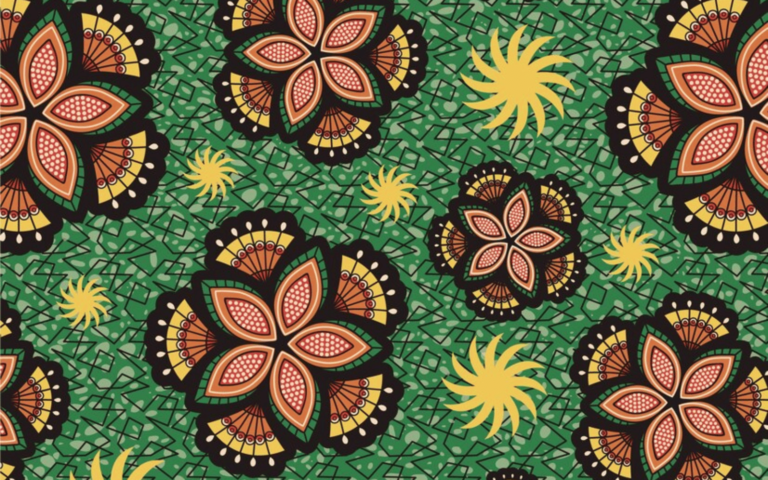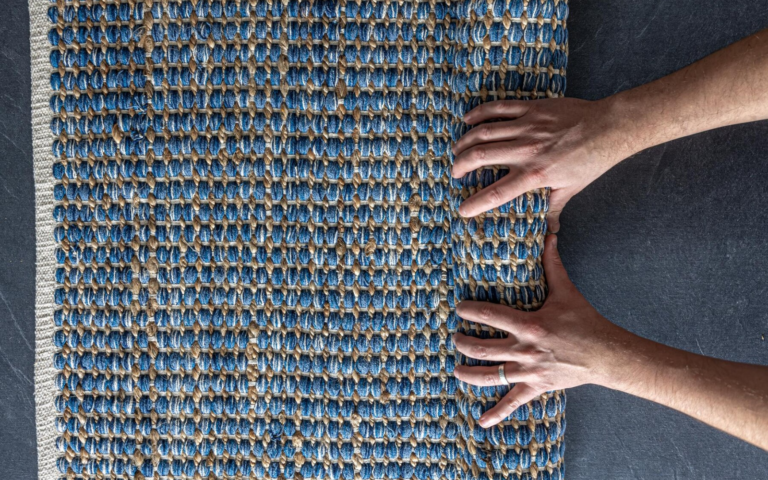Sustainable Yarn Choices: Eco-Friendly Options for Knitting and Crocheting
If you are seeking to implement more environmentally conscious practices in your knitting and crocheting endeavors, opting for sustainable yarn is highly recommended.
In your exploration of sustainable yarn materials, it is crucial to weigh the benefits and drawbacks of each option. Additionally, familiarize yourself with where sustainable yarn can be sourced, gain insights on selecting the most suitable type, learn techniques for working with diverse materials, and understand the proper care required for sustainable yarn.
Delve into the environmental impact of utilizing sustainable yarn and discover how you can minimize your carbon footprint while endorsing ethical practices.
What Makes Yarn Sustainable?
The production of sustainable yarn involves the implementation of eco-friendly and sustainable practices at every stage, from sourcing materials to manufacturing the final product, with the aim of minimizing environmental impact and encouraging eco-conscious decision-making.
Natural fibers such as organic cotton, bamboo, hemp, and recycled materials are utilized in sustainable yarn production to reduce reliance on harmful chemicals and synthetic materials. Furthermore, ethical production methods, including fair labor practices, community support, and ensuring the well-being of workers, play a crucial role in the production of sustainable yarn.
The adoption of sustainability principles in the textile industry not only benefits the environment but also underscores the significance of responsible consumption and production practices in fostering a more sustainable future.
Eco-Friendly Yarn Materials
Materials made from eco-friendly yarn encompass a diverse array of natural fibers and sustainable options that emphasize environmental responsibility and the mitigation of adverse impacts.
Overview of Sustainable Yarn Options
A range of sustainable yarn options encompass various materials, including organic cotton, recycled fibers, bamboo, hemp, alpaca, wool, and silk. Each material presents distinctive properties and advantages that cater to environmentally conscious crafters.
Organic cotton yarn stands out for its softness, breathability, and hypoallergenic characteristics, rendering it a favored choice for individuals with sensitive skin. Recycled fibers, derived from post-consumer waste like plastic bottles or textile scraps, provide a sustainable alternative that upholds quality standards. Bamboo yarn garners praise for its antibacterial properties and moisture-wicking abilities, making it suitable for crafting garments that offer cooling benefits. Alpaca wool blends offer warmth and resilience, making them ideal for creating snug winter projects. Silk yarn contributes a luxurious sheen and fluidity to creations, enhancing their overall visual appeal.
Benefits and Drawbacks of Each Material
Each sustainable yarn material presents its own unique advantages and disadvantages, which are critical factors to evaluate when making environmentally conscious crafting decisions.
Cotton yarn, for instance, is a widely favored option recognized for its luxurious softness and breathability, particularly well-suited for garments. However, the cultivation of cotton necessitates a substantial amount of water and pesticide usage, resulting in environmental repercussions.
Conversely, bamboo yarn stands out for its sustainability, given that bamboo is a swiftly growing plant that demands fewer resources. Nonetheless, bamboo yarn may exhibit lower durability compared to cotton.
It is imperative to weigh considerations such as longevity, environmental impact, cost-effectiveness, and appropriateness for specific projects when selecting the most suitable sustainable yarn material for your crafting pursuits.
Sourcing Sustainable Yarn
The procurement of sustainable yarn necessitates the identification of suppliers and brands that uphold ethical practices, prioritize local sourcing, and adhere to fair trade principles. This approach ensures that production processes are environmentally sustainable and socially responsible.
Where to Find Eco-Friendly Yarn
Eco-friendly yarn can be sourced from a variety of outlets, including sustainable brands, local yarn shops, and online retailers dedicated to the promotion of environmentally conscious crafting practices.
Respected sustainable brands, like Patagonia and Eileen Fisher, present organic and recycled yarn selections that boast both superior quality and environmental friendliness. Local yarn shops, such as The Woolery and LoveCrafts, offer a tailored shopping experience, often carrying yarn produced by small-scale artisans. Furthermore, online retailers like EcoEnclose and EarthHero curate an extensive array of sustainable yarn options, providing consumers with the convenience of selecting eco-friendly materials from the comfort of their homes.
By patronizing these outlets, crafters not only contribute to the preservation of the environment but also lend support to local businesses that uphold principles of sustainability and environmental responsibility.
Tips for Choosing the Right Yarn
When selecting an appropriate sustainable yarn, it is important to take into account various factors including the type of natural fibers utilized, the ecological awareness of the brand, and the specific requirements of the knitting or crocheting project at hand.
A practical recommendation is to assess the fiber compositions of the available yarn options. Opt for fibers such as organic cotton, bamboo, hemp, or linen, as these are recognized for their sustainable properties. Verification of eco-labels like the Global Organic Textile Standard (GOTS) or OEKO-TEX certification can serve to ensure that the yarn adheres to specific environmental criteria.
Furthermore, it is crucial to align the characteristics of the yarn with the intended purpose and desired results of the project. For instance, a soft and draping yarn may be well-suited for a shawl, whereas a more robust yarn could be more appropriate for crafting a durable sweater.
Using Sustainable Yarn in Knitting and Crocheting
Utilizing sustainable yarn in the crafts of knitting and crocheting can significantly enhance the crafting experience, providing artisans with the opportunity to produce aesthetically pleasing and environmentally conscious projects, all the while advocating for sustainable practices.
Techniques for Working with Different Materials
Utilizing various sustainable yarn materials necessitates the application of specific techniques to optimize outcomes in knitting and crocheting endeavors.
Factors to be taken into account differ according to the type of sustainable yarn utilized. In the case of plant-based options such as cotton or linen, it is often advisable to employ a looser tension and a larger needle size to achieve a fabric that is both drapey and breathable. Conversely, when dealing with animal fibers like alpaca or wool, a tighter tension may be essential to uphold the integrity of the yarn. Blends like bamboo or recycled fibers necessitate delicate handling to mitigate the risk of stretching or breakage.
A comprehensive understanding of the unique characteristics of each material plays a pivotal role in the successful creation of aesthetically pleasing and resilient eco-friendly products.
Caring for Sustainable Yarn
Ensuring the sustainability of yarn necessitates the implementation of eco-friendly washing and storage practices aimed at preserving the quality and durability of artisanal products.
Washing and Storing Tips
Proper maintenance and storage recommendations for sustainable yarn emphasize the use of gentle, eco-friendly detergents, non-toxic dyes, and suitable storage methods to minimize damage and uphold fiber integrity.
Selecting natural and biodegradable detergents is crucial for delicately cleansing sustainable yarn, ensuring that no harmful chemicals compromise the fibers’ quality. Employing tender washing procedures, such as hand washing in lukewarm water and refraining from harsh agitation, can aid in preserving the yarn’s strength and softness.
In terms of storage, employing breathable containers or cloth bags in a cool, dry location can protect the yarn from excess moisture and deter mold formation. These environmentally-conscious practices not only safeguard the yarn’s quality but also contribute to the preservation of the ecosystem.
Impact of Sustainable Yarn on the Environment
The environmental implications of sustainable yarn are substantial, as it contributes to the reduction of carbon footprints and advocates for ethical standards within the textile sector.
Reducing Carbon Footprint and Supporting Ethical Practices
The selection of sustainable yarn offers core benefits centered around reducing carbon footprint and supporting ethical practices. Opting for sustainable yarn choices facilitates environmentally responsible production and consumption practices.
When individuals choose sustainable yarn, they actively contribute to the reduction of carbon emissions. Sustainable yarn production typically involves the utilization of renewable energy sources and the implementation of eco-friendly processing methods. Furthermore, supporting fair trade practices through the selection of sustainable yarn ensures that workers involved in the production process are treated equitably and receive livable wages. This not only fosters social equity but also bolsters economic stability within the textile industry.
The decision to make sustainable yarn choices is aligned with the increasing demand for environmentally responsible and ethically sound practices in the fashion and textile sectors.







